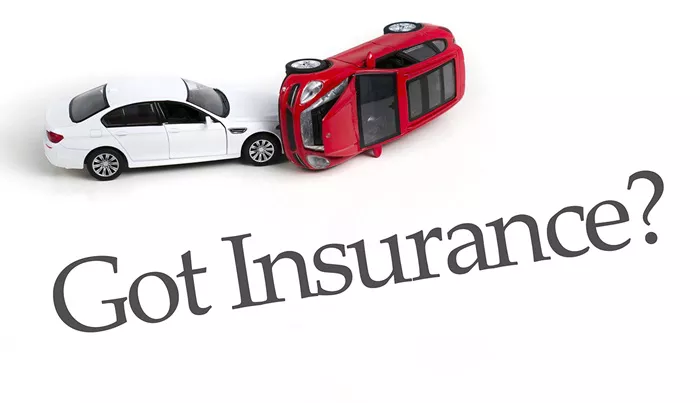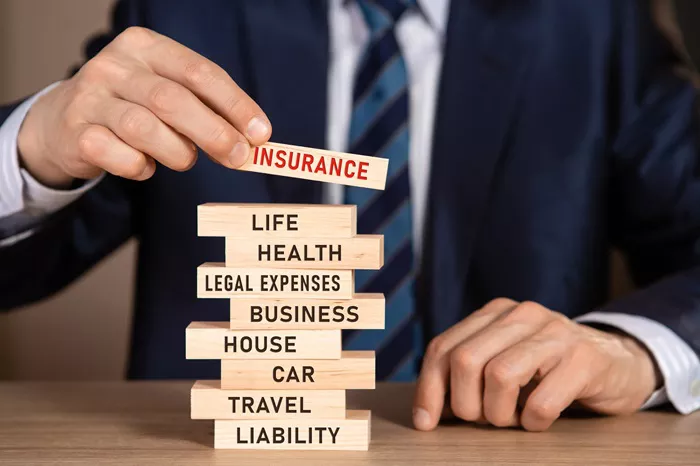Leasing a car can be an attractive option for many individuals, offering the benefits of a new vehicle without the long-term commitment of ownership. However, it comes with specific insurance requirements and considerations that differ from owning a car outright. This article explores how insurance works for leased cars, covering everything from required coverages to the claims process, ensuring you are well-prepared and informed.
Insurance Requirements for Leased Cars
Leasing companies generally mandate more comprehensive insurance coverage than state minimums, reflecting their financial stake in the vehicle. Here are the essential types of insurance typically required:
Bodily Injury Liability
This coverage pays for injuries to other people in accidents where you are at fault. Leasing companies often require higher liability limits to ensure adequate protection against potential lawsuits and medical expenses.
Property Damage Liability
This insurance covers damage you cause to someone else’s property with your leased vehicle. Again, higher limits are usually mandated by leasing companies to protect their investment.
Comprehensive Coverage
Comprehensive insurance pays for damages to your leased car resulting from incidents other than collisions, such as theft, vandalism, fire, and natural disasters. Leasing companies require this coverage to safeguard against a wide range of potential losses.
Collision Coverage
Collision coverage handles damages to your leased car from accidents involving other vehicles or objects. This coverage ensures the vehicle can be repaired or replaced if necessary, maintaining its value for the leasing company.
State-Specific Insurance Laws
Each state in the U.S. has its own minimum insurance requirements, which must be met regardless of whether the car is leased or owned. However, leasing companies typically require coverage beyond these minimums.
Minimum Insurance Requirements
For instance, states like California and Texas have minimum liability coverage requirements, but these are often insufficient for leased vehicles. Leasing companies might require limits such as:
Bodily Injury Liability: $100,000 per person and $300,000 per accident.
Property Damage Liability: $50,000 per accident.
Additional Coverage Requirements
Some states may have unique requirements or recommend additional coverages:
Uninsured/Underinsured Motorist Coverage: Protects you if you’re involved in an accident with a driver who lacks sufficient insurance.
Personal Injury Protection (PIP): Covers medical expenses for you and your passengers, regardless of fault.
Gap Insurance
Gap insurance is a critical component of leasing a car. It covers the difference between the car’s actual cash value (ACV) and the remaining balance on your lease if the car is totaled or stolen.
Importance of Gap Insurance
Leased cars depreciate quickly, and if you face a total loss, your regular insurance might not cover the entire lease balance. Gap insurance ensures you are not financially responsible for the difference.
How Gap Insurance Works
If your leased car is totaled, your collision or comprehensive coverage will pay the ACV of the vehicle. Gap insurance then covers the shortfall between this amount and what you owe on the lease, protecting you from a potentially significant out-of-pocket expense.
Leasing Company Policies
Leasing companies often have specific policies and requirements regarding insurance, including:
Higher Liability Limits
As mentioned, leasing companies usually require higher liability limits to cover potential claims fully. This ensures that both your interests and theirs are protected in case of serious accidents.
Additional Insured and Loss Payee
Leasing companies generally require you to list them as an “additional insured” and “loss payee” on your insurance policy. This means:
Additional Insured: The leasing company is covered under your liability policy.
Loss Payee: The leasing company receives payment directly from the insurer if the car is a total loss.
Cost of Insurance for Leased Cars
Insuring a leased car can be more expensive than insuring a vehicle you own outright due to several factors:
Higher Coverage Requirements
The comprehensive coverage, higher liability limits, and the inclusion of gap insurance contribute to higher premiums.
Newer Vehicles
Leased cars are typically newer, and insuring a new car is generally more expensive than an older one due to the higher value and potential repair costs.
Potential Cost-Saving Tips
Despite the higher costs, there are ways to reduce your insurance premiums:
Shop Around for Quotes: Compare rates from different insurers to find the best deal.
Bundle Policies: If you have other insurance needs (like home or renters insurance), bundling them with the same provider can lead to discounts.
Increase Deductibles: A higher deductible can lower your premium, but ensure you can afford the deductible in case of a claim.
Take Advantage of Discounts: Many insurers offer discounts for good driving records, low mileage, safety features, and more.
The Claims Process for Leased Cars
Filing a claim for a leased car follows a similar process to owned vehicles, but there are some nuances:
Timely Reporting and Documentation
Promptly report any accident to your insurance company and provide thorough documentation. This includes police reports, photos, and details of the incident.
Repair or Replacement Process
If your leased car is damaged, your insurer will coordinate the repairs. If the car is totaled, the insurance company will pay the ACV, and the gap insurance will cover any remaining lease balance. The leasing company must be involved in these processes as the owner of the vehicle.
Role of the Leasing Company
Since the leasing company is listed as the loss payee, they will receive the payment for a totaled vehicle. Ensure all communications and paperwork are in order to avoid delays in settlement.
Conclusion
Leasing a car offers many benefits, but it comes with specific insurance requirements that are more stringent than those for owned vehicles. Understanding these requirements, including comprehensive and collision coverage, higher liability limits, and gap insurance, is crucial. State laws dictate minimum coverages, but leasing companies often require more extensive protection to safeguard their investment. Knowing these details can help you navigate the complexities of leasing a car and ensure you have the appropriate coverage to protect yourself and fulfill your lease obligations. By shopping around for insurance, considering bundling options, and maintaining good driving habits, you can manage the costs effectively while ensuring robust protection.
FAQs About Car Leasing
1. What month is the best month to lease a car?
The best month to lease a car can vary depending on several factors, including manufacturer incentives, dealership promotions, and your personal financial situation. However, many experts suggest that the end of the year, particularly November and December, can be favorable times to lease a car. During this period, dealerships are often trying to meet sales quotas and clear out inventory to make room for new models, leading to attractive lease deals and incentives.
2. What insurance is required for a lease in Florida?
In Florida, as in most states, leasing companies typically require lessees to carry comprehensive insurance coverage, collision coverage, bodily injury liability coverage, and property damage liability coverage. The specific coverage amounts may vary depending on the leasing company’s requirements, but it’s essential to have adequate insurance to protect both yourself and the leased vehicle in the event of an accident or other covered incident.
3. How many years is it best to lease a car?
The ideal lease term can vary depending on your individual needs and preferences. However, leases typically last between two to four years. A shorter lease term may result in lower monthly payments and allow you to upgrade to a new vehicle more frequently, but it may also limit your mileage and require you to return the car sooner. On the other hand, a longer lease term may offer lower monthly payments and more flexibility in terms of mileage, but you’ll be committed to the same vehicle for a longer period.
4. What is the most expensive month to start a lease?
The most expensive month to start a lease can depend on various factors, including seasonal demand, manufacturer incentives, and dealership promotions. Generally, the beginning of the year, particularly January, can be a more expensive time to start a lease. This is because many people are returning leased vehicles or purchasing new ones after the holiday season, leading to increased demand and potentially higher lease prices. Additionally, dealerships may not offer as many incentives or discounts during this time compared to other months. However, it’s essential to shop around and compare lease deals throughout the year to find the best option for your budget and needs.
You Might Be Interested In





















